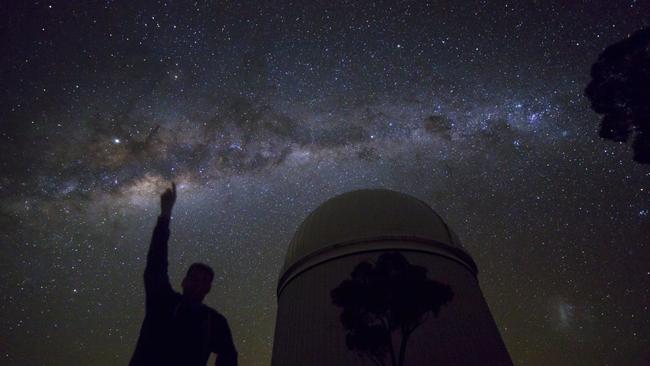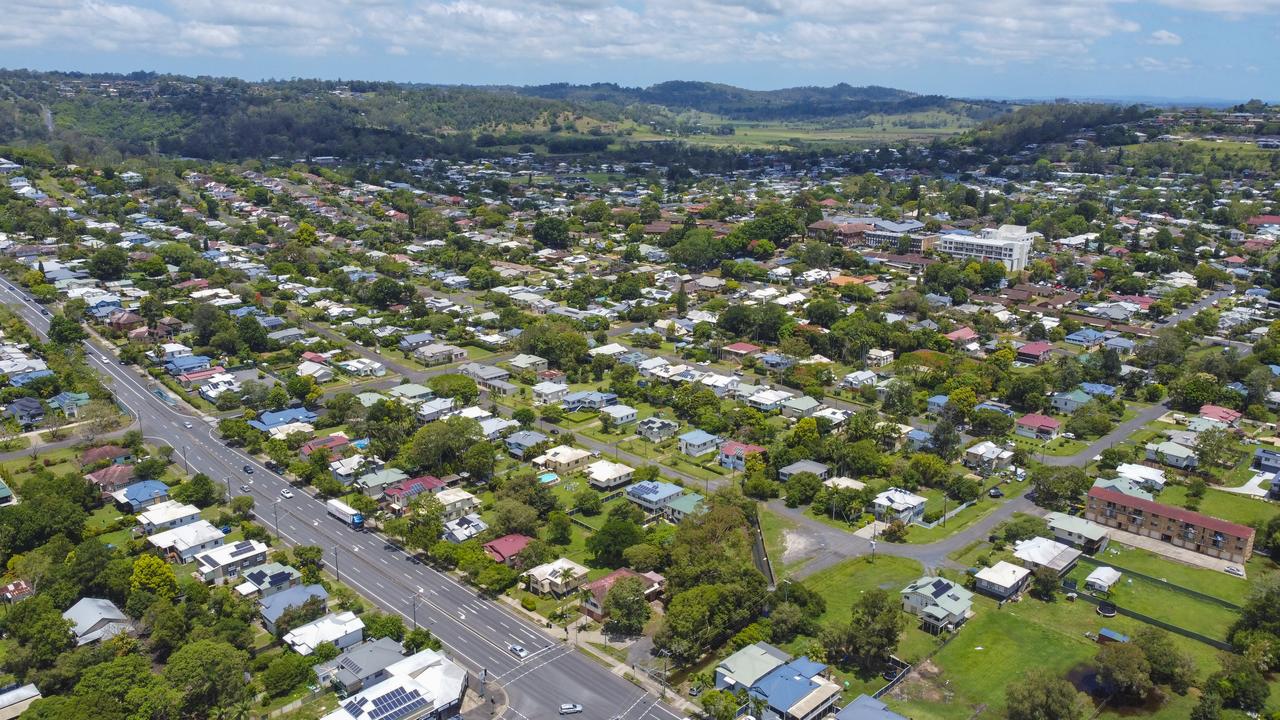Star light, star bright, how many stars can you see at night?
SCIENTISTS are calling on stargazers nationwide to help measure light pollution on the longest night of the year.

Lismore
Don't miss out on the headlines from Lismore. Followed categories will be added to My News.
SCIENTISTS are asking all Australians to step outside on the longest night of the year, aka the winter solstice, to help them measure light pollution around the country.
“We’re expecting thousands of people to join us on Australia’s longest night, Sunday June 21, to help researchers create a map of Australia’s darkest skies, and learn about light pollution and its effect on people, animals, and astronomy,” says Marnie Ogg, CEO and founder of the Australasian Dark Sky Alliance.
“Together, our observations will map how light pollution varies across Australia’s cities and regions, and make a Guinness World Records attempt for ‘most users to take an online environmental sustainability lesson in 24 hours’,” said Ms Ogg.
“Light pollution doesn’t just disrupt our view of The Milky Way. It disturbs wildlife, disrupt people’s sleep, and represents wasted electricity.”
“The information will help councils plan for darker skies and create opportunities for tourism. Dark sky parks and tours are already popping up around the country.”
“The Australian night sky is amazing. Our galaxy, The Milky Way, is painted across the sky. It’s a view that encourages us to wonder what’s out there, amongst the billions of stars,” said astronomer Professor Lisa Kewley, director of the ARC Centre of Excellence in All Sky Astrophysics in 3 Dimensions (ASTRO 3D).
“It’s a view that encourages kids to take up science and physics. But most Australians can’t see it, their view of the sky is blinded by light pollution.”
“You can help us understand how light at night affects wildlife,” said wildlife ecologist Dr Jen Martin from The University of Melbourne.
“For example, light pollution from cities distracts bogong moths as they migrate from Queensland to Victoria’s alpine regions.”
“If they don’t arrive on time, the endangered mountain pygmy possums that depend on them for food will starve.”
The project is supported by the Australian Government Department of Agriculture, Water and the Environment, which has produced The National Light Pollution Guidelines for Wildlife. Other supporters include ASTRO 3D, AstroNZ, Bintel, ICRAR, Globe at Night, Unihedron, ANU, the International Dark Sky Alliance, Laing Simmons & Young, Waiheke Island Dark Sky Park and Dark Sky Traveller.
The Guinness World Records attempt starts from 1pm AEST on Sunday June 21 and follows night fall around the world.
All the submissions will be added to the international database of Globe at Night and participants from across the planet are welcome to take part.
For more information and to register, visit https://worldrecordlight.thinkific.com/.



